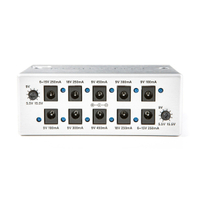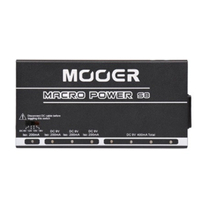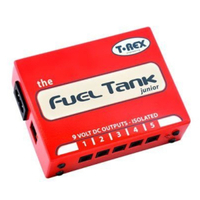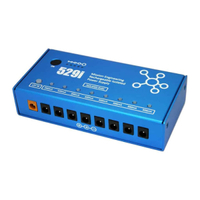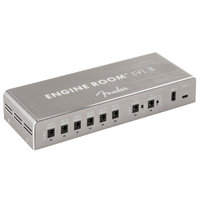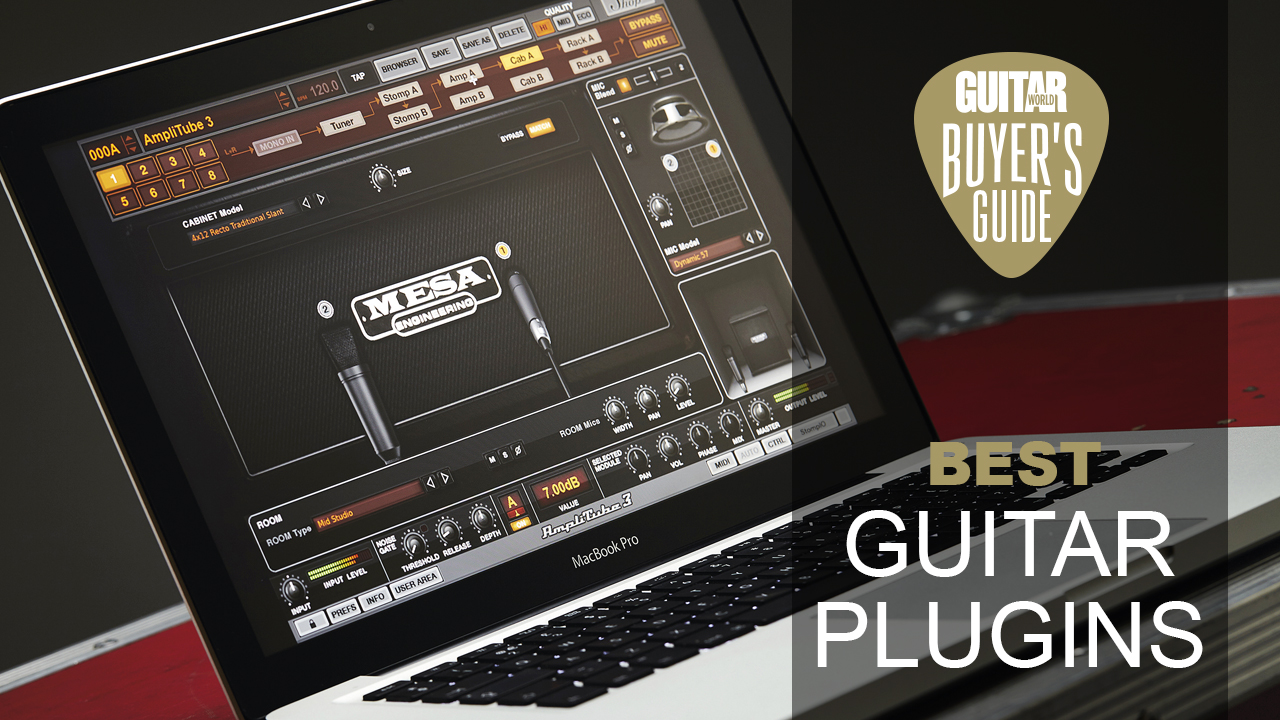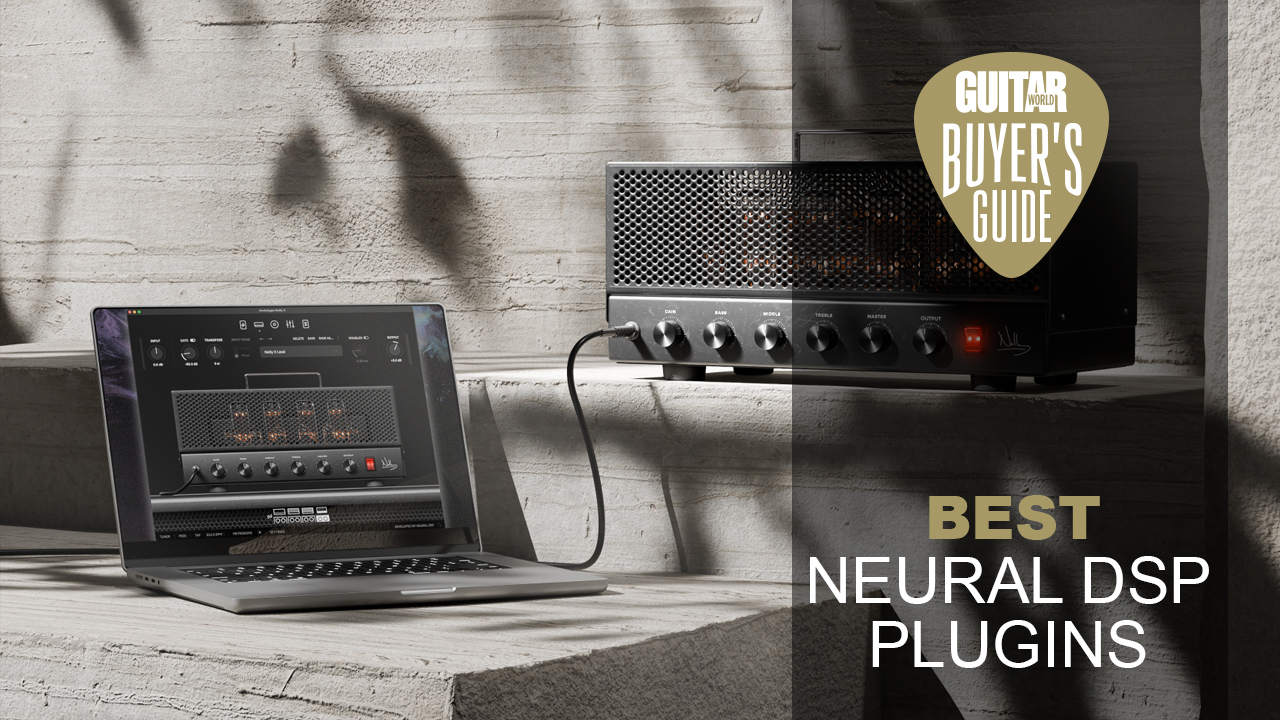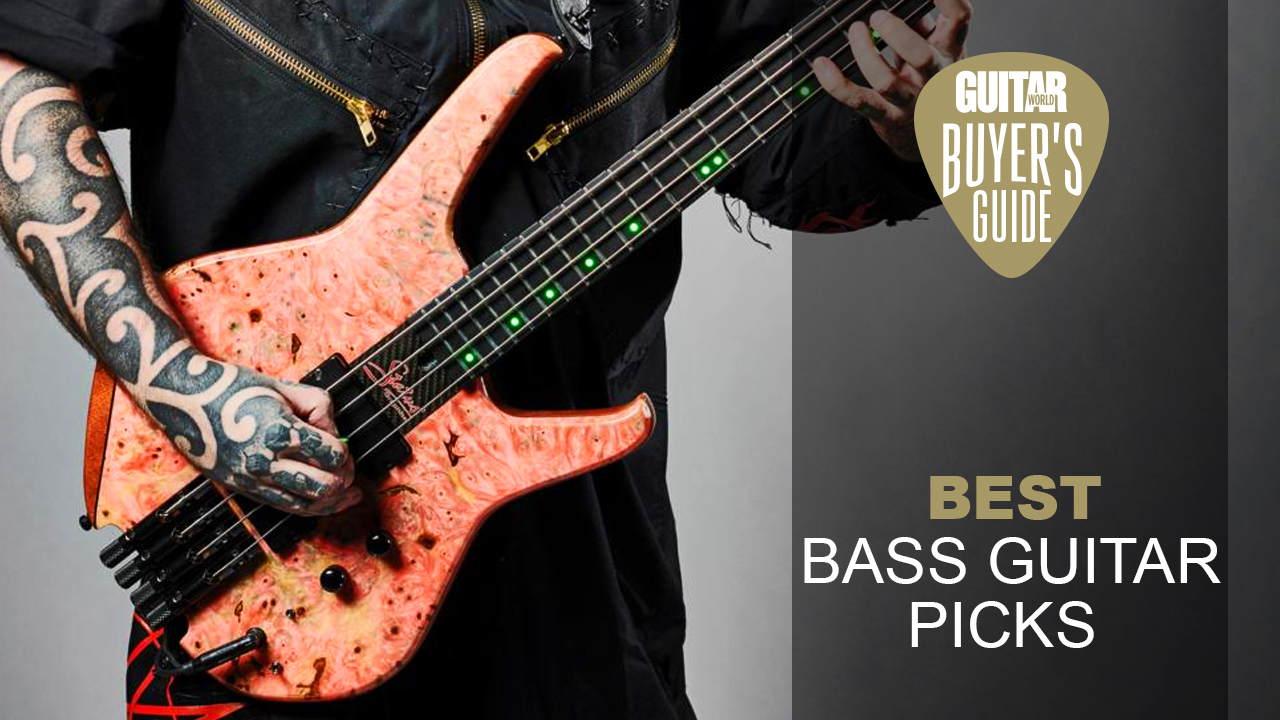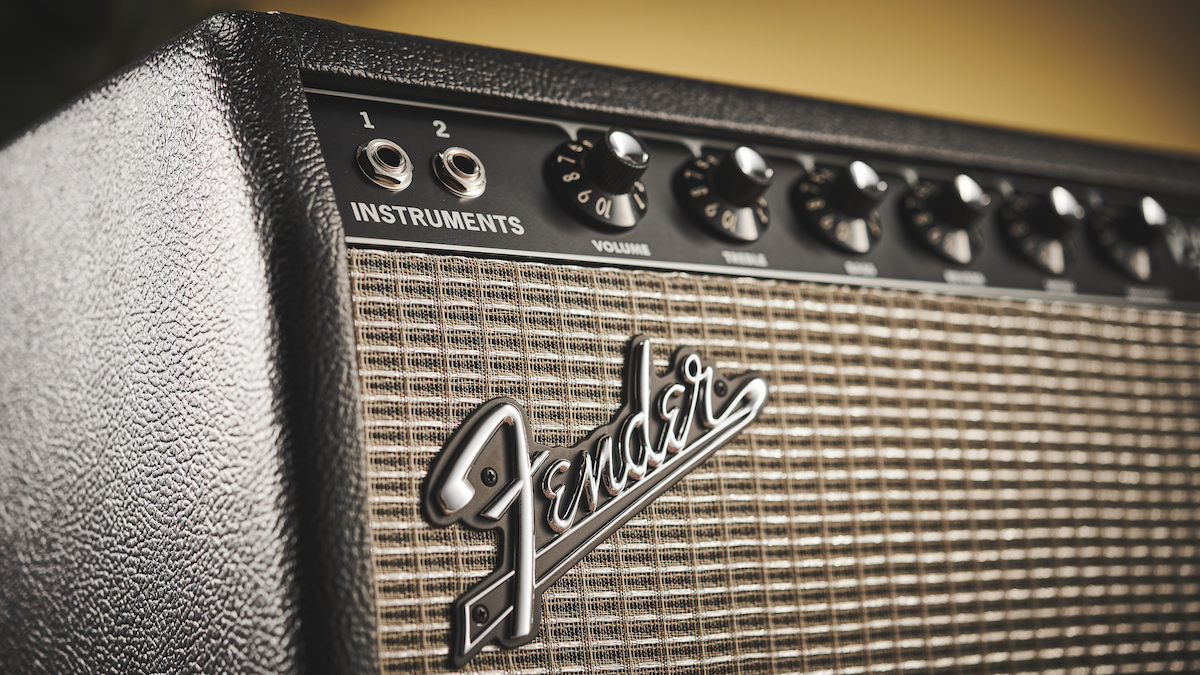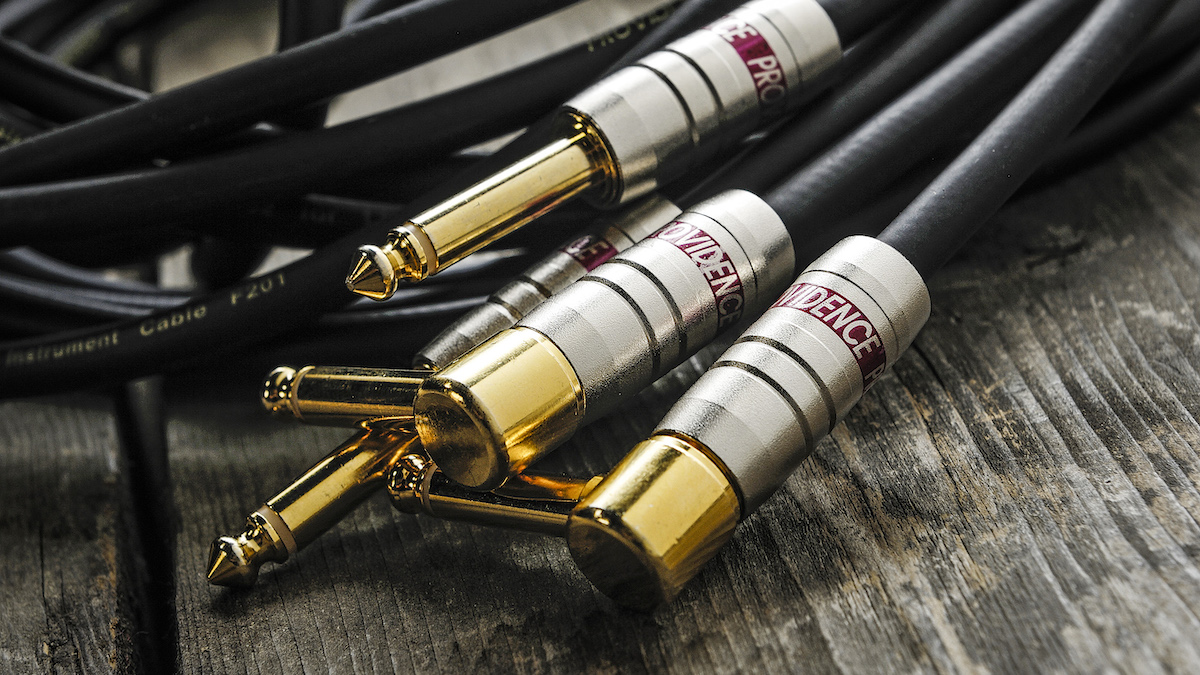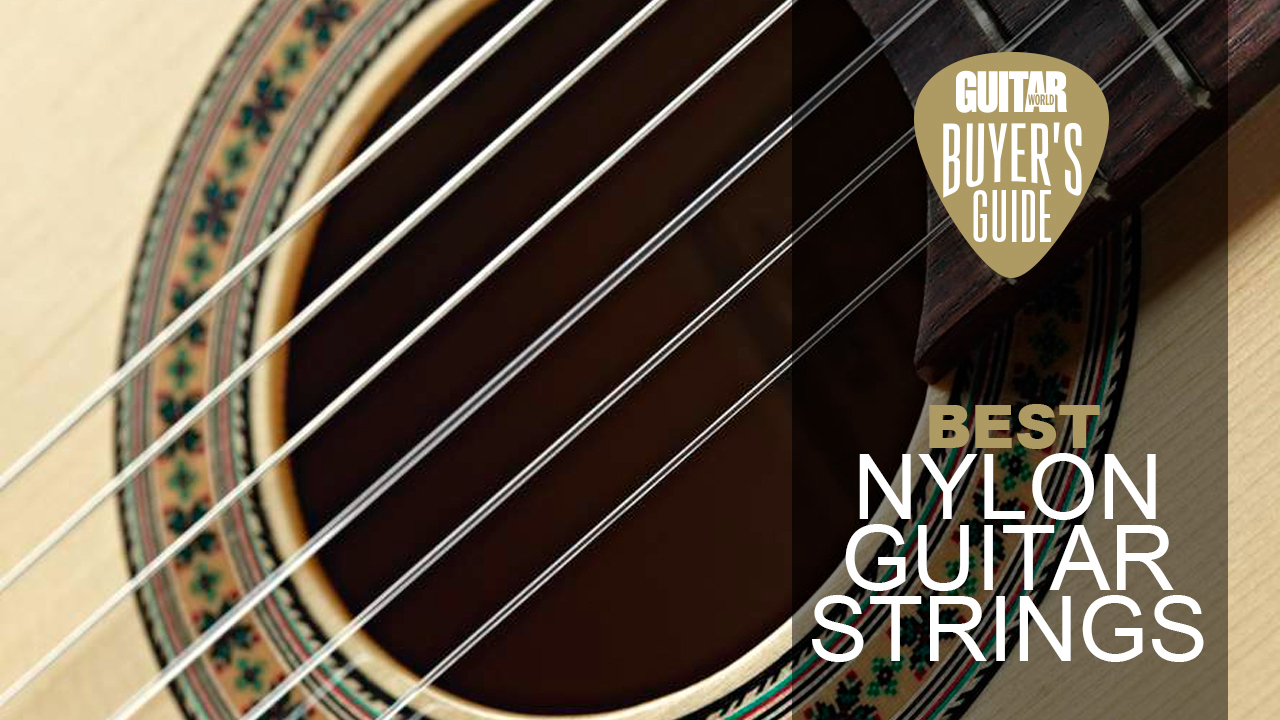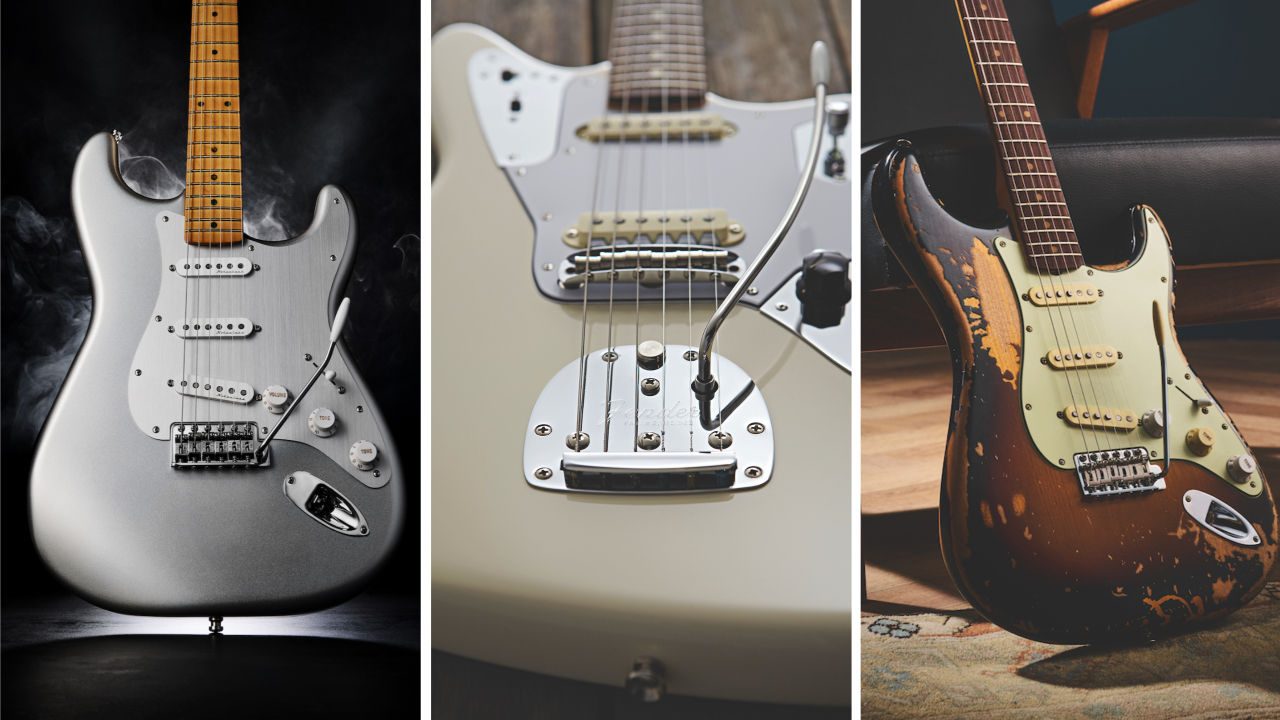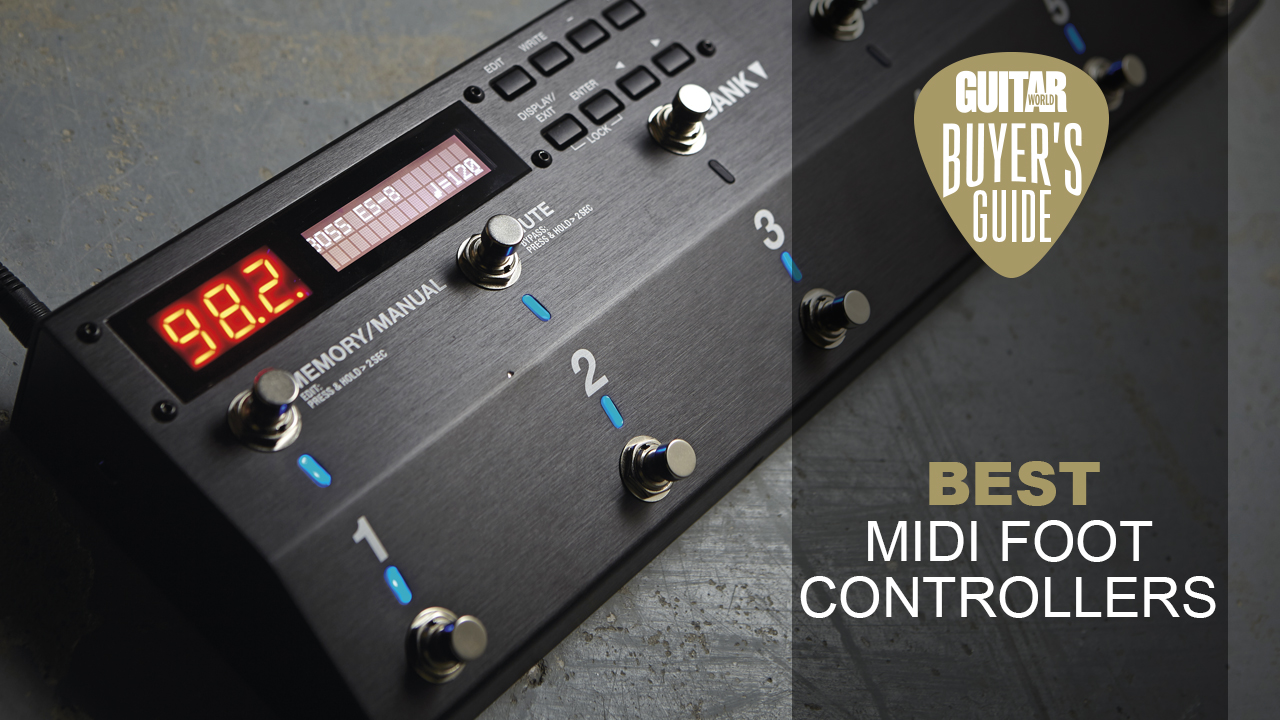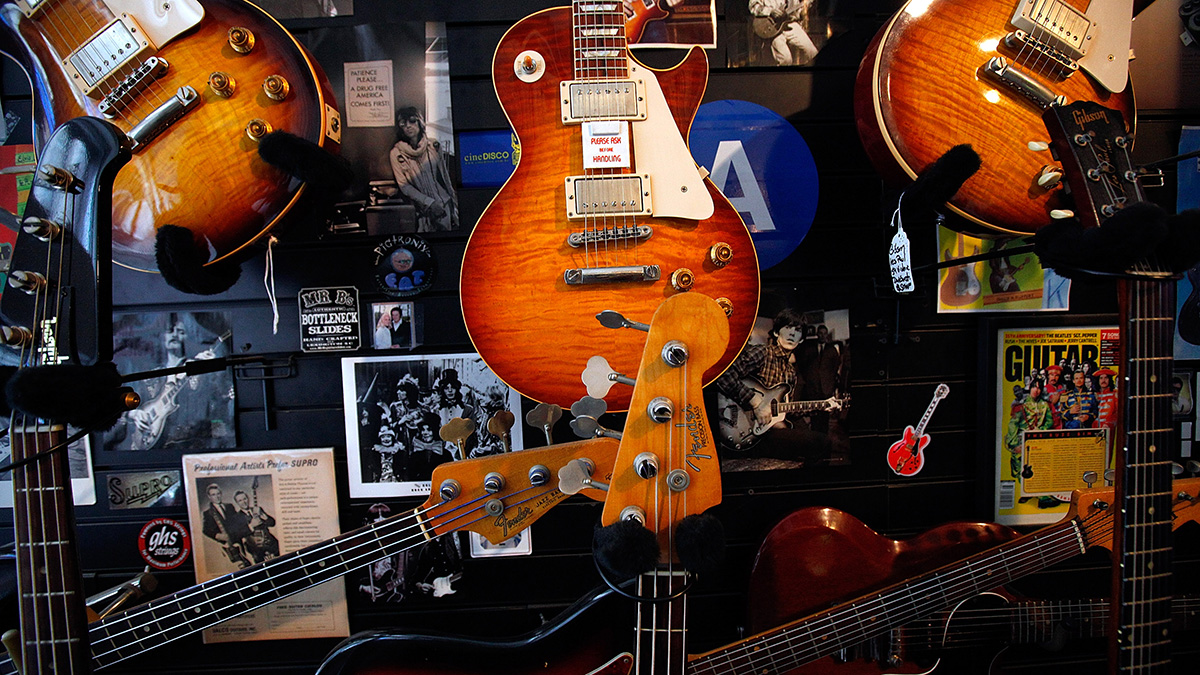Best pedalboard power supplies 2025: juice your ‘board with pro-grade power
Make sure your effects are firing on all cylinders with our pick of the best pedal power supplies from Strymon to Ernie Ball
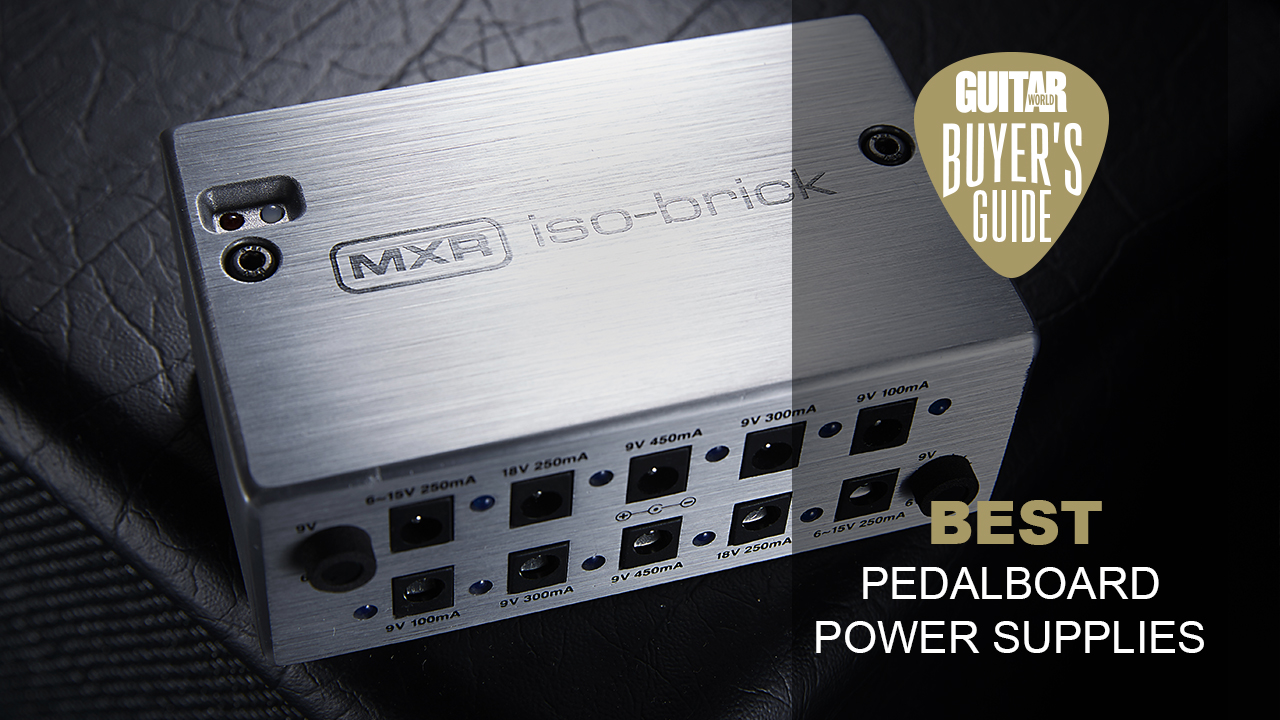
Of all the exciting rock ‘n’ roll gear that guitarists get to explore, power supplies rank pretty low on the exhilaration scale, but the simple fact of the matter is that your ‘board won’t be anywhere near as good without it being energized by one of the best pedalboard power supplies. It’s more and more common for stompboxes to not come with any power supply upon purchase, so getting hold of a pedalboard power supply is crucial if you want to use your pedals at all.
Purchasing pedals can become a bit of an addiction for guitarists and they aren’t one-size-fits-all when it comes to power requirements. The best power supplies are adaptable and versatile, meaning you have the freedom to buy whatever pedal you want, without the fear of having to also upgrade your power supply at the same time.
When purchasing a power supply, if you buy smart, it can be the foundation of your setup for years. We’ve scoured the packed power supply market to find the best around, so with our list, you can be confident that your power supply will fit your needs.
Our top picks
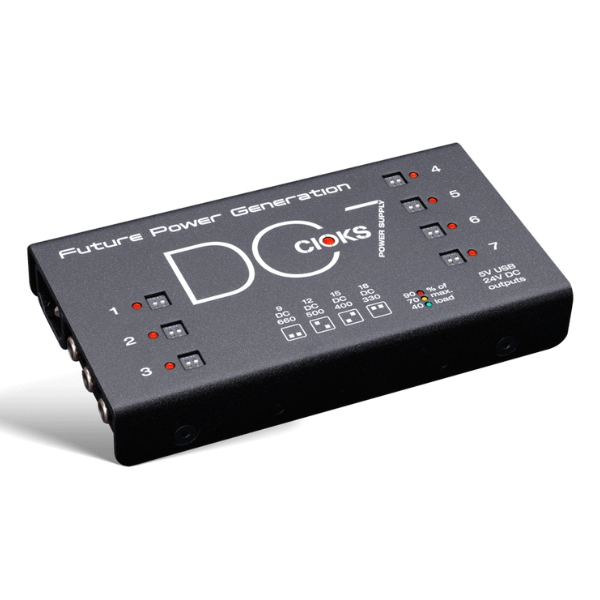
If you want the best of the best, we'd go for the CIOKS DC7. It's not cheap but with its slim profile, low noise, and plentiful power for hungry digital pedals, it's worth the investment. We also love the smart LED system for letting you know if a pedal is short-circuiting or overloading the power limit.
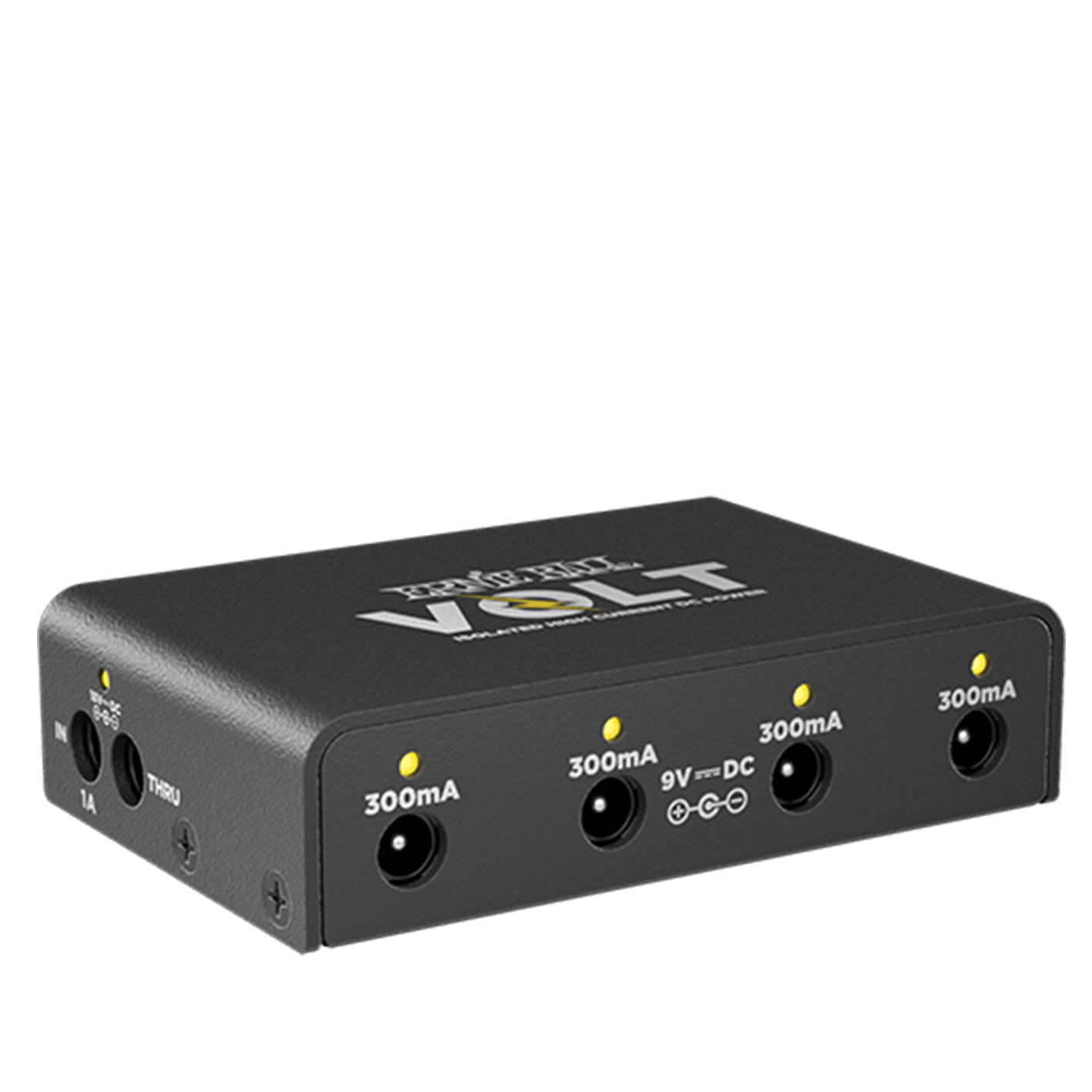
Measuring in at just 90 x 59 x 23mm – smaller than a pack of Super Slinkys – the super affordable Volt will happily fit on the smallest of 'boards. This pocket-size pedal power unit includes five 9/18V isolated DC outputs - at 300mA - and you can also daisy chain units together to expand the number of pedals you can power.
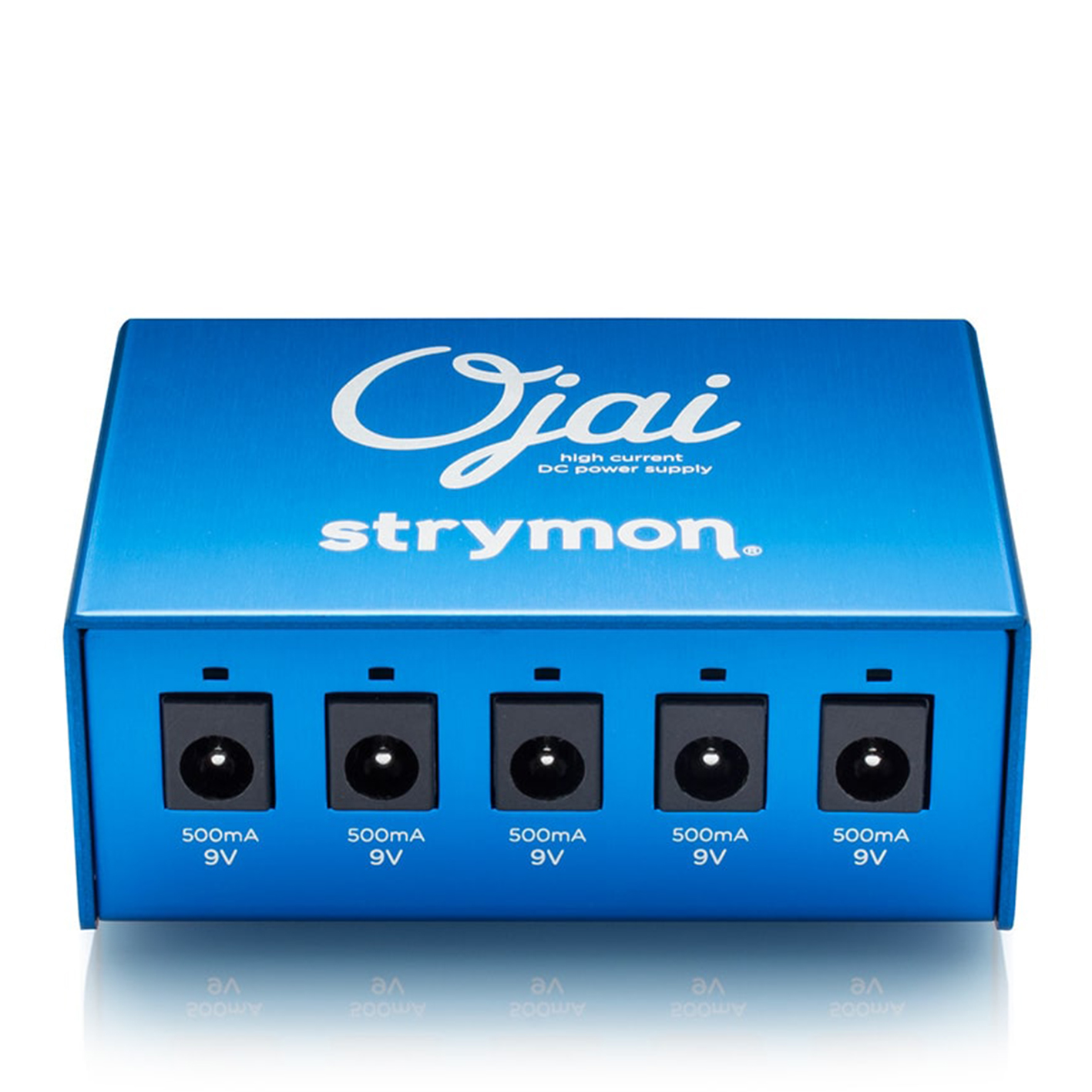
A powerful, compact box offering five high-current outputs that offer a massive 500mA on each output. There are also two stages of isolation, eliminating ground loop and AC line noise issues, as well as automatic worldwide power compatibility for ease of use on stages anywhere in the world.
Best overall
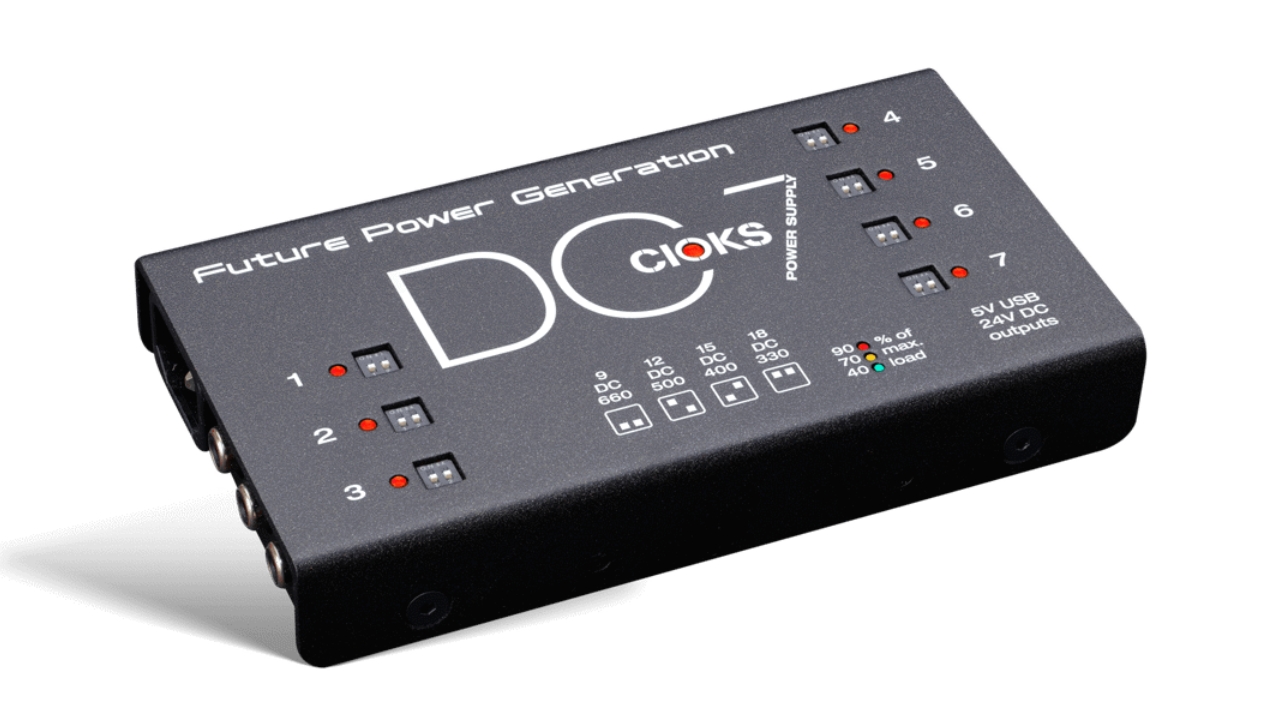
Specifications
Reasons to buy
Reasons to avoid
✅Buy if you want the best pedal power supply money can buy: Packed with useful features in a slimline package that delivers plentiful clean power, the CIOKS DC7 is our favorite pedal power unit.
❌Avoid if you're on a budget: Quality costs money, so if you're on a super tight budget you're best off looking elsewhere.
When it comes to low-profile pedalboard power supplies, there are few that do it as well as the Danish company CIOKS. Their DC7 power supply is super lightweight and has a profile measuring just 1 inch, whilst still managing to deliver plenty of clean power for even the hungriest pedals.
With seven outs you've got plenty for a medium-sized pedalboard, and each has switchable voltage to run 660mA at 9V, 500mA at 12V, 400mA at 15V, or 330mA at 18V. It's got a USB outlet too for charging your phone or running some LEDs underneath your board if you want to get really fancy.
We absolutely loved the 'smart' LED monitoring, which can inform you if a pedal is short-circuiting or overloading, as well as giving you a warning if you exceed the overall power draw of 48W. It comes with 12 different cables for connecting a variety of pedals to it, and in our tests, we found it delivered exceptionally low noise performance.
To be honest this pedalboard power supply could occupy multiple spots on this list, such is the depth and breadth of its features. It's small, user-friendly, low-noise, and comes with everything you need to get up and running. A truly superb example of one of the best pedalboard power supplies money can buy.
Read our full CIOKS DC7 review
Best budget
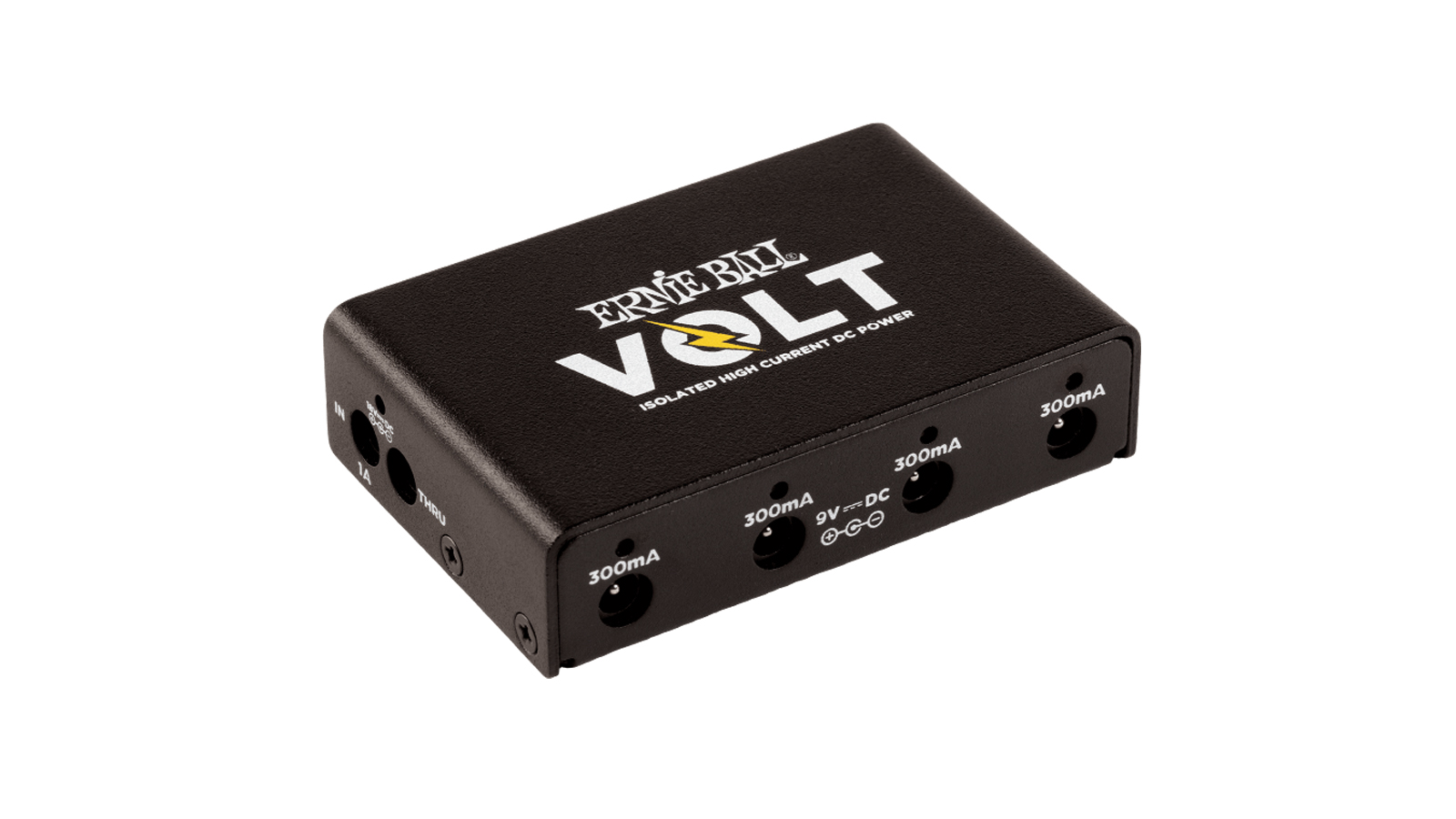
2. Ernie Ball Volt
Our expert review:
Specifications
Reasons to buy
Reasons to avoid
✅Buy if you're on a tight budget: The Ernie Ball Volt delivers superb quality pedal power at a price that's accessible for the vast majority of players.
❌Avoid if you've got a big 'board: This won't have enough power outs for players with larger pedalboards.
There is nothing more important than extra space on your pedalboard, and the thought of giving up that prime real estate to an oversized power supply can drive some guitar players crazy. Luckily Ernie Ball has a solution – the Volt power supply.
Measuring in at just 90 x 59 x 23mm - smaller than a pack of Super Slinkys - the Volt will happily fit on the smallest of 'boards. This pocket-size pedal power unit includes five 9/18V isolated DC outputs - at 300mA - and if that isn’t enough, you can also daisy chain units together to expand the number of pedals you can power.
The inclusion of LED status indicators for each input and output is a nice touch – allowing you to see the status of each outlet on a dark stage.
Best compact
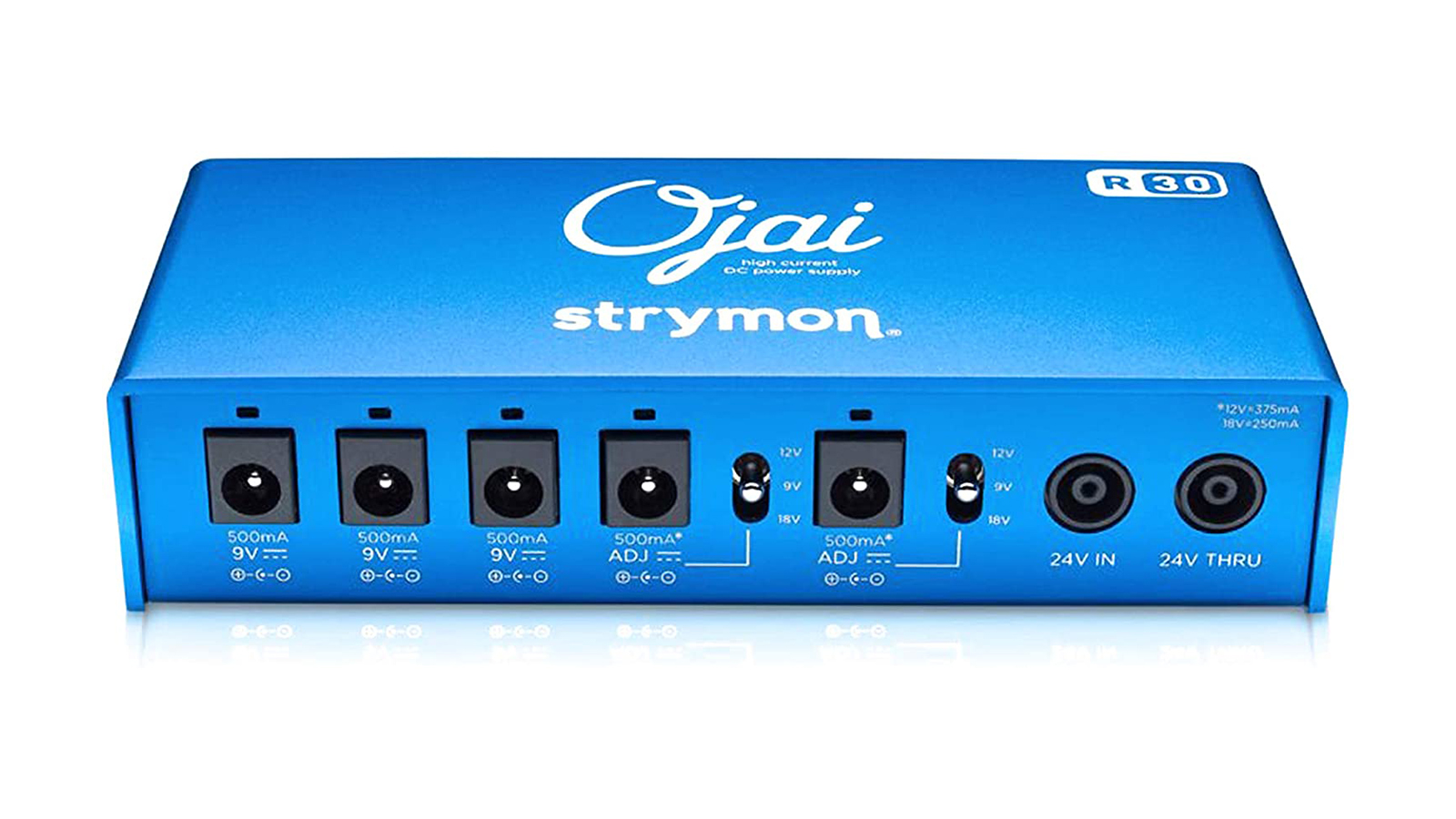
3. Strymon Ojai
Our expert review:
Specifications
Reasons to buy
Reasons to avoid
✅Buy if you want a compact power supply: If you need to save space but don't want to skimp on quality, Strymon's Ojai offers plenty of clean power in a small, noise-free unit.
❌Avoid if you prefer an IEC (kettle) cable: The Strymon Ojai comes with a laptop-style power supply, so if you're not a fan of those then best to steer clear.
The Strymon Ojai is a powerful, compact box offering five high-current outputs that offer a massive 500mA on each output. The five outputs are also individually isolated, ultra-low-noise and have their own dedicated regulators and custom transformers. And if five isn’t enough, additional Ojai units can be added on via a 24V Thru jack, without the need to plug into a wall outlet.
There’s also two stages of isolation, eliminating ground loop and AC line noise issues, as well as automatic worldwide power compatibility for ease of use on stages anywhere in the world. What’s more, the Ojai comes in a low-profile R30 version for smaller boards, as well as a larger, nine-output Zuma model (the Zuma, meanwhile, also comes in its own low-profile iteration, the R300).
Best for touring
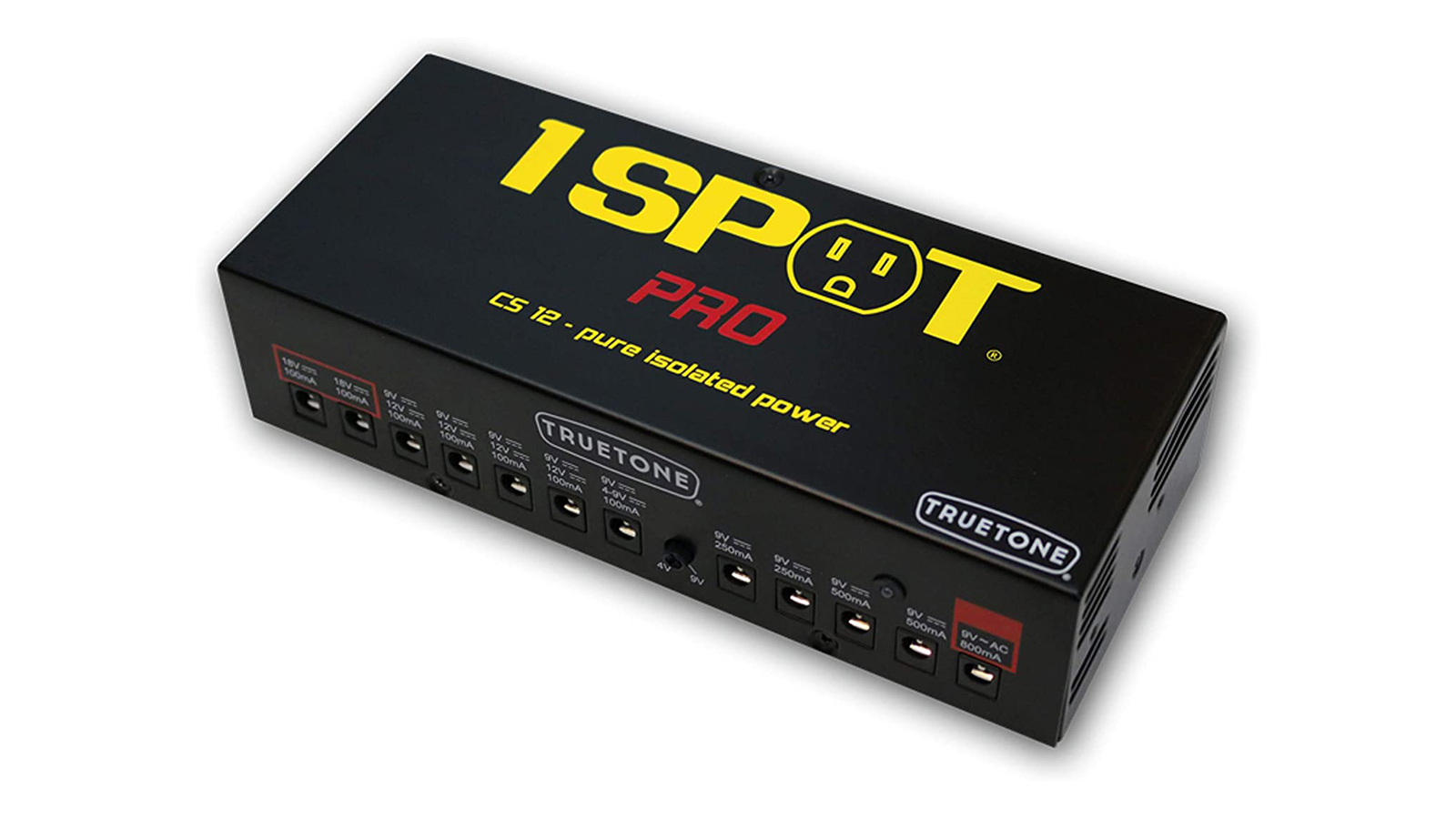
4. Truetone 1 Spot Pro CS12
Our expert review:
Specifications
Reasons to buy
Reasons to avoid
✅Buy if you want touring-grade pedal power: With 12 fully isolated outputs, the Truetone 1 Spot Pro is the perfect pedal power for players with massive pedalboards.
❌Avoid if you have a small 'board: This would be absolute overkill for simple pedalboards with just a handful of pedals on them.
We have to say, we were mighty impressed with the Truetone 1 Spot Pro. This true powerhouse supply boasts 12 fully isolated outputs – six 9V outputs from 100mA - 250mA, one 4-9V variable output, two high-draw 9V outputs, and two 18V outputs. Additionally, there’s a 9V AC output, which in our testing, we used to power older Whammy and DigiTech pedals.
Furthermore, outlets three through six are switchable between 9-volt and 12-volt operation, and individual toggle switches on the bottom of the power brick allow the user to set up any combination of power values.
You also get a variety of cables in lengths from 21” to 26,” three adapters for pedals with reversed polarity or different jack types and a 9-volt battery adapter cable. A pedal power supply that should cover all your needs.
Best low-noise
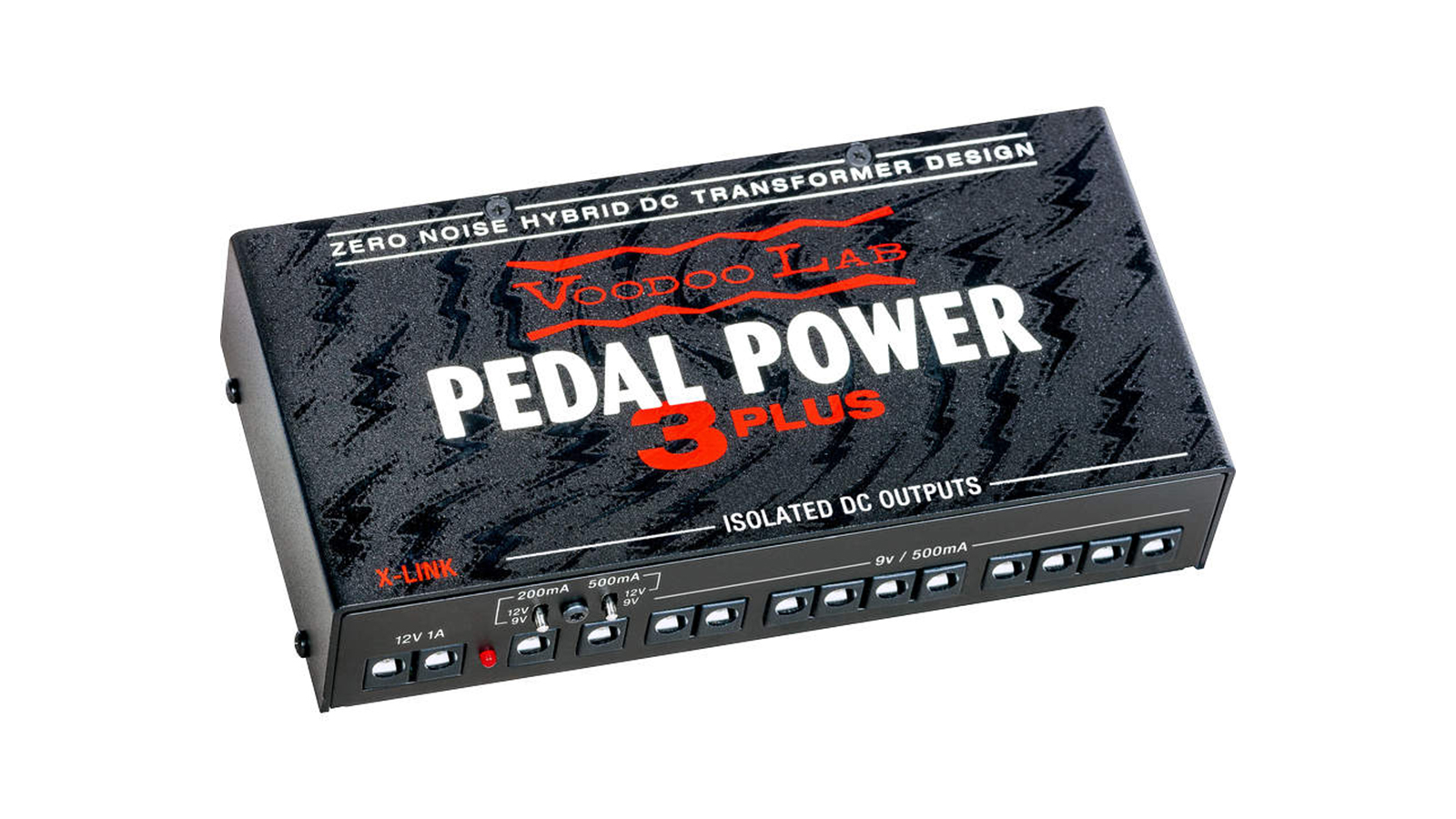
5. Voodoo Lab Pedal Power 3+
Our expert review:
Specifications
Reasons to buy
Reasons to avoid
✅Buy if you want noise-free performance: We found this pedal power supply to offer fantastic low-noise performance, and it has plenty of power on tap.
❌Avoid if you're a beginner: This will be too much power for newbies just getting started building their 'boards.
There are a dozen isolated outputs on this baby, and every one of them is rated up to 500mA. That may sound like overkill, but we like to think of it as future proofing.
Ten of the outputs are 9V/500mA, while the remaining two are switchable 9V/12V and 200mA/500mA. With the right voltage doubler, it can serve 18V and 24V pedals too. The Pedal Power 3 PLUS’ transformer also benefits from an ultra-smooth, 80 nanosecond polarity reversal, which is so quiet there’s virtually no noise whatsoever.
Now, with all these fantastic attributes, it’s no surprise that it’s a bit pricey, and beginners might still need some convincing. But if you’re a pedal addict looking for a power supply that quietly does its job while letting your pedals shine, accept no substitutes.
Best switchable
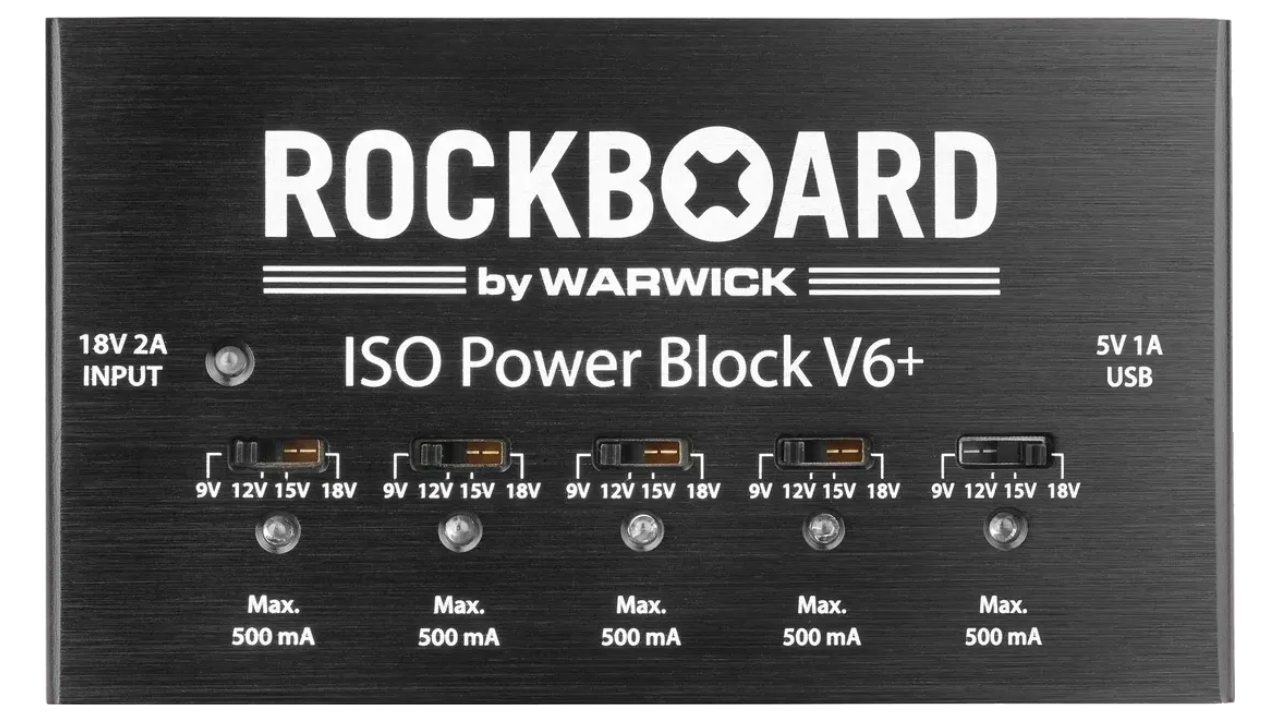
6. RockBoard Powerblock ISO V6+
Our expert review:
Specifications
Reasons to buy
Reasons to avoid
✅Buy if you want switchable voltages: With every output able to change voltage, the Rockboard Powerblock is a great shout if you're regularly changing pedals.
❌Avoid if you have high-power pedals: This one maxes out at 500mA so if you've got pedals that need more juice than that you should look elsewhere.
For the ultimate in voltage options, the RockBoard Powerblock ISO V6+ is your best bet. With only five outputs, this won’t be one for fans of huge pedalboards, but its big advantage over many larger rivals is that it has been cleverly designed with a voltage switch on all of the outputs—something usually limited to one or two outputs on many power supplies—with a choice of 9V, 12V, 15V, and 18V.
In addition to this, the ISO V6+ also has a 5V USB output to keep any additional tech charged throughout a show, which may be ideal for players who use an iPad for sheet music/lyrics throughout performances. Though fairly compact, the ISO V6+ would be perfect for somebody who tours with a small board, but regularly likes to change it up, or requires different pedals for different projects. Session musicians, this could be one for you!
We’re a big fan of RockBoard’s pedalboard range because of their durability, and the PowerBlock ISO V6+ has the same hardy feel that should see it last. If you’re in the market for a new pedalboard and power supply combo, RockBoard could have all the answers for you.
Also consider
The above power supplies should have most of the bases covered when it comes to powering your stompboxes, but if for any reason you didn't find what you were looking for there, here are some more great options for you to look at.
MXR Iso-Brick
Isolated | 10 outputs | Switchable voltage
The Iso-Brick boasts 10 outputs, making it possible to run a wide range of pedals with noise-free DC power. The outputs are fully isolated and we found them to be extremely quiet, accommodating a variety of voltage and current requirements, too. Featuring two 9V outputs at 100mA, two 9V outputs at 300mA, two 9V outputs at 450mA, two 18V outputs at 250mA and two 6-15V variable voltage outputs that can emulate voltage “sag”, this really is a "do it all" power supply.
★★★★½
Mooer Macro Power S8
Partially isolated | 8 outputs | Switchable voltage
The Macro Power S8 boasts a combination of eight isolated and non-isolated outputs – one switchable 9V, 12V, 15V, and 18V at 200mA, three independent 9Vs at 200m, and four parallel 9Vs that share a total of 400mA. While the non-isolated 400mA isn’t a huge amount, we found it substantial enough to handle most digital pedals. If not, there’s a handy LED that switches off when a pedal requires more power than the output has available.
★★★★½
T-Rex Fuel Tank Junior V2
Isolated | 5 outputs | Switchable voltage
A small and simple power solution, the Fuel Tank Junior (the most compact of T-Rex’s four Fuel Tank units) boasts five isolated 9V DC outputs, with all necessary cables included. Each output puts out up to 120mA, and you can also use two of the outputs to power an 18V pedal - or even power five pedals from one output - with a max of 24mA each. There’s also switchable 115V/230V operation for international use.
★★★★½
Mission Engineering 529i
Isolated | 8 outputs | Switchable voltage
Mission Engineering’s 529i lets you power a pedalboard via battery power. Yup, that’s right – the 529i can power up to six pedals at 300mA each and two higher-current pedals at 500mA each on a single battery charge, with no treacherous power cable in sight. The internal battery lasts 4 hours on a single charge, and handy LED indicators let you know its current state.
★★★★½
Fender Engine Room LVL8
Isolated | 8 outputs | Switchable voltage
Clearly taking its design cues from Fender’s principal line of effects pedals, the playfully named Engine Room is a bit of a looker. Its clean, brushed aluminum casing, with those softly curved edges, looks too good to Velcro to the underside of a pedalboard! Despite its modest price tag, the LVL8’s specs are up there with the best. It boasts eight ground-isolated outlets of which six can deliver 9Vdc at 500mA. The remaining pair provide switchable voltages of 9V, 12V, or 18V via two three-way toggle switches.
★★★★½
FAQs
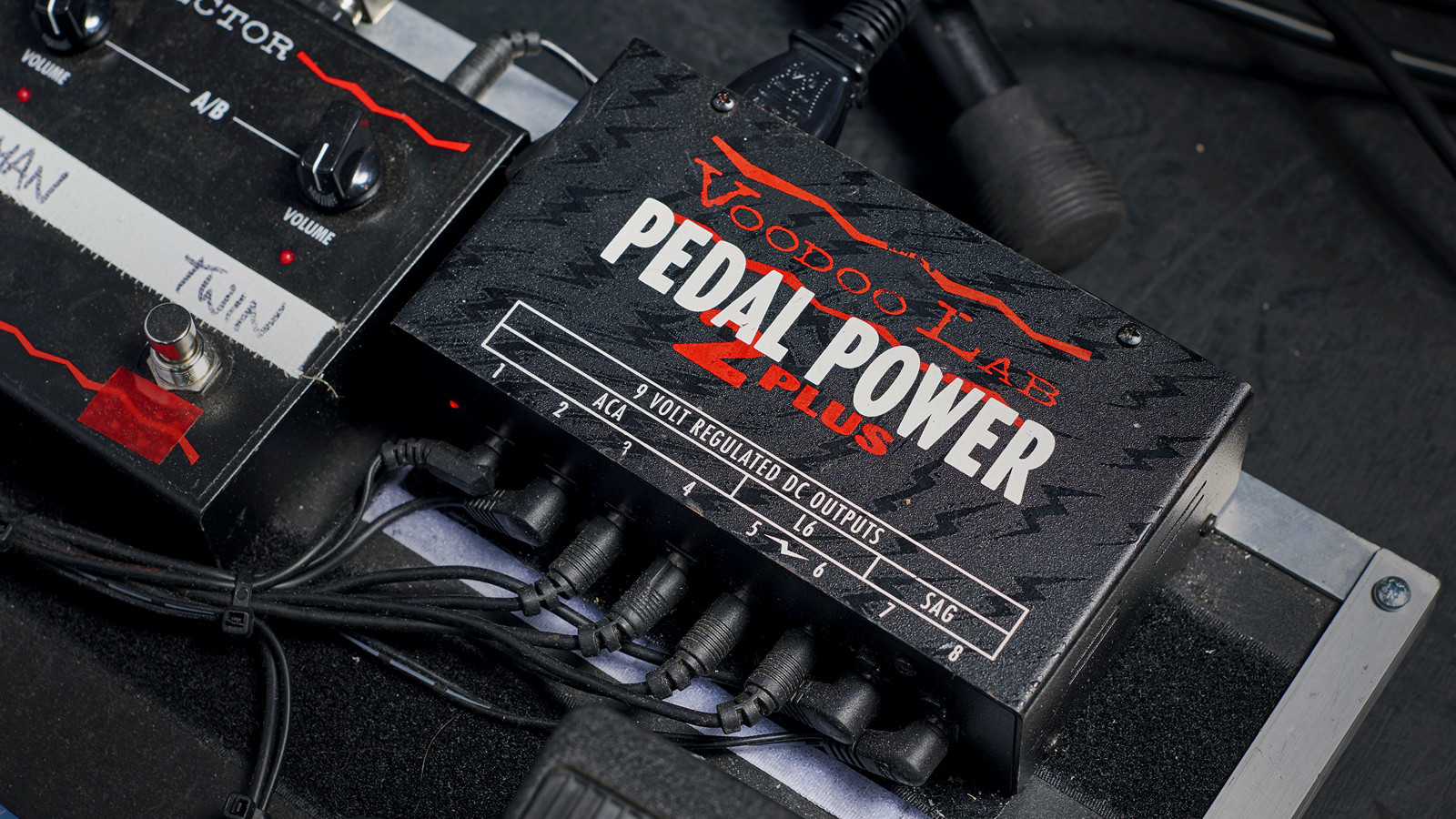
Why do I need a pedalboard power supply?
Pretty much every pedal out there—barring some obscure passive pedals—will require power to run. This can vary between different voltages and currents, but if you plan on building a pedalboard, you will inevitably need to power those pedals. While you’d assume that when buying a pedal they would come equipped with a suitable power supply, that’s rarely the case.
Power supplies can be bought on an individual basis, with one supply per pedal, and some pedals may even have the ability to run on a 9V battery, however, neither of these methods of powering your pedals is cost-effective (in the long run) or particularly convenient. A good pedal power supply will provide convenient, reliable power to several pedals at once and may even be more affordable than buying individual power supplies.
It might not be very rock and roll to try and keep your rig tidy, but trust us, if you’re regularly gigging and have a big selection of pedals, you won’t want to be hauling around multiple power supplies and extension cables to plug into, plus the sound engineer won’t be your biggest fan either if you’re running messy cables all over their stage. A pedalboard power supply will reduce mess and requires only one cable from the mains supply, which it then distributes to your pedals.
What is an isolated pedal power supply?
Isolation refers to a specific lane of power being totally disconnected from any others. It can be considered like having an individual power supply for each pedal. This is really important, as electrical currents can cause havoc if they cross over which can lead to real issues with the sounds of your pedals and introduce unwanted noise or hum into your circuit. Isolated power supplies do come at a higher price point, but we would always recommend buying isolated if possible.
What power supply do I need for my pedalboard?
The best pedalboard power supply for you will be entirely dependent on the types of pedals you use. If you use mainly analog stompboxes, then your requirements may be fairly simple, with them typically being 9V with low current (mA) needed. If digital pedals—Strymon’s range, for example—are more your style, then finding a power supply that has higher current outputs would be needed.
Some pedals use different voltages—typically 9V, 12V, 15V, or 18V—and some can even run on either 9V or 18V, with slightly different sounds achieved at different volumes, for example, you may have more headroom at 18V. This is worth considering when buying a pedalboard power supply, as it’s great to have different voltage options to suit different pedals, and ensures you are not limited when buying pedals in the future.
Do guitar pedals use AC or DC power?
If you have heard the terms AC and DC and it’s left you scratching your head, then fear not, it is unlikely to impact you too much, as the vast majority of pedals use DC power, however, it is good to know how these types of power differ. In AC (alternating current) the electrons switch directions while with DC (direct current) they flow in a single direction. DC is generally more stable and has a constant voltage, which is why the majority of modern pedals use this.
Some, typically more ‘vintage’, pedals will use AC power, such as the Digitech Whammy, however generally AC power is less common in newer pedals unless they have integrated vacuum tubes. Some pedalboard power supplies will have one or more AC outputs, but if you only use one pedal that requires AC power, it may not be worthwhile limiting your options to only those power supplies and you use a single standalone supply for the AC pedal in tandem with your larger power supply.
Can a pedalboard power supply damage my pedal?
It really is essential you use the right power supply as you can cause damage to your pedals. Higher voltage than necessary can burn up internal components in your pedal, rendering it unusable. The vast majority of pedals are 9V, but some power supplies have switchable voltages, so be sure you have the output set to the right voltage before plugging in your pedal.
Higher current than needed is less of an issue, with pedals only drawing what they need, so it’s always worthwhile having access to some high-current outputs, in case you get a pedal that requires more juice.
How we choose products
Here at Guitar World, we are experts in our field, with many years of playing and product testing between us. We live and breathe everything guitar related, and we draw on this knowledge and experience of using products in live, recording and rehearsal scenarios when selecting the products for our guides.
When choosing what we believe to be the best pedalboard power supplies available right now, we combine our hands-on experience, user reviews and testimonies and engage in lengthy discussions with our editorial colleagues to reach a consensus about the top products in any given category.
First and foremost, we are guitarists, and we want other players to find the right product for them. So we take into careful consideration everything from budget to feature set, ease of use and durability to come up with a list of what we can safely say are the best pedalboard power supplies on the market right now.
Read more about our rating system, how we choose the gear we feature, and exactly how we test each product.
Related buyer's guides
You can trust Guitar World
- Best patch cables: tidy up your ‘board today
- Wired for sound: the best guitar cables
- 6 ways to improve the performance of your pedalboard
Get The Pick Newsletter
All the latest guitar news, interviews, lessons, reviews, deals and more, direct to your inbox!

Mike is Editor-in-Chief of GuitarWorld.com, in addition to being an offset fiend and recovering pedal addict. He has a master's degree in journalism from Cardiff University, and over a decade's experience writing and editing for guitar publications including MusicRadar, Total Guitar and Guitarist, as well as 20 years of recording and live experience in original and function bands. During his career, he has interviewed the likes of John Frusciante, Chris Cornell, Tom Morello, Matt Bellamy, Kirk Hammett, Jerry Cantrell, Joe Satriani, Tom DeLonge, Ed O'Brien, Polyphia, Tosin Abasi, Yvette Young and many more. In his free time, you'll find him making progressive instrumental rock under the nom de plume Maebe.
- Matt McCrackenJunior Deals Writer
- Connor Godfrey
- Daryl RobertsonSenior Deals Writer
- Simon Fellows
“An all-in-one power solution, on or off the grid”: D’Addario’s rechargeable XPND Pedal Power promises to make your ’board more portable – but only if you daisy chain
“Our new power supplies are about as state-of-the-art as you can get”: How Truetone’s game-changing 1 Spot Pro series is continuing to provide pro pedalboard power to the masses with the new CS11 and XP5
